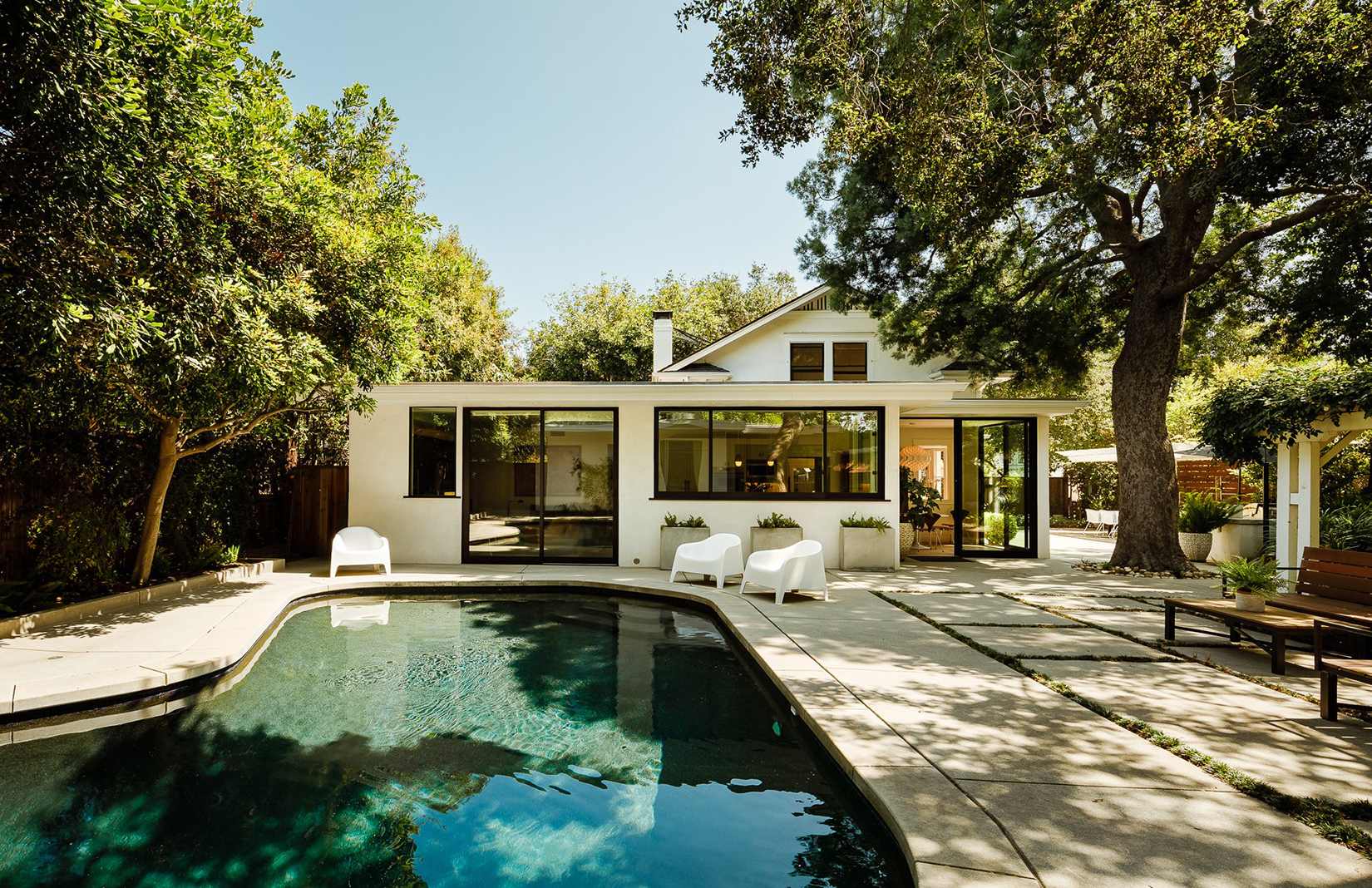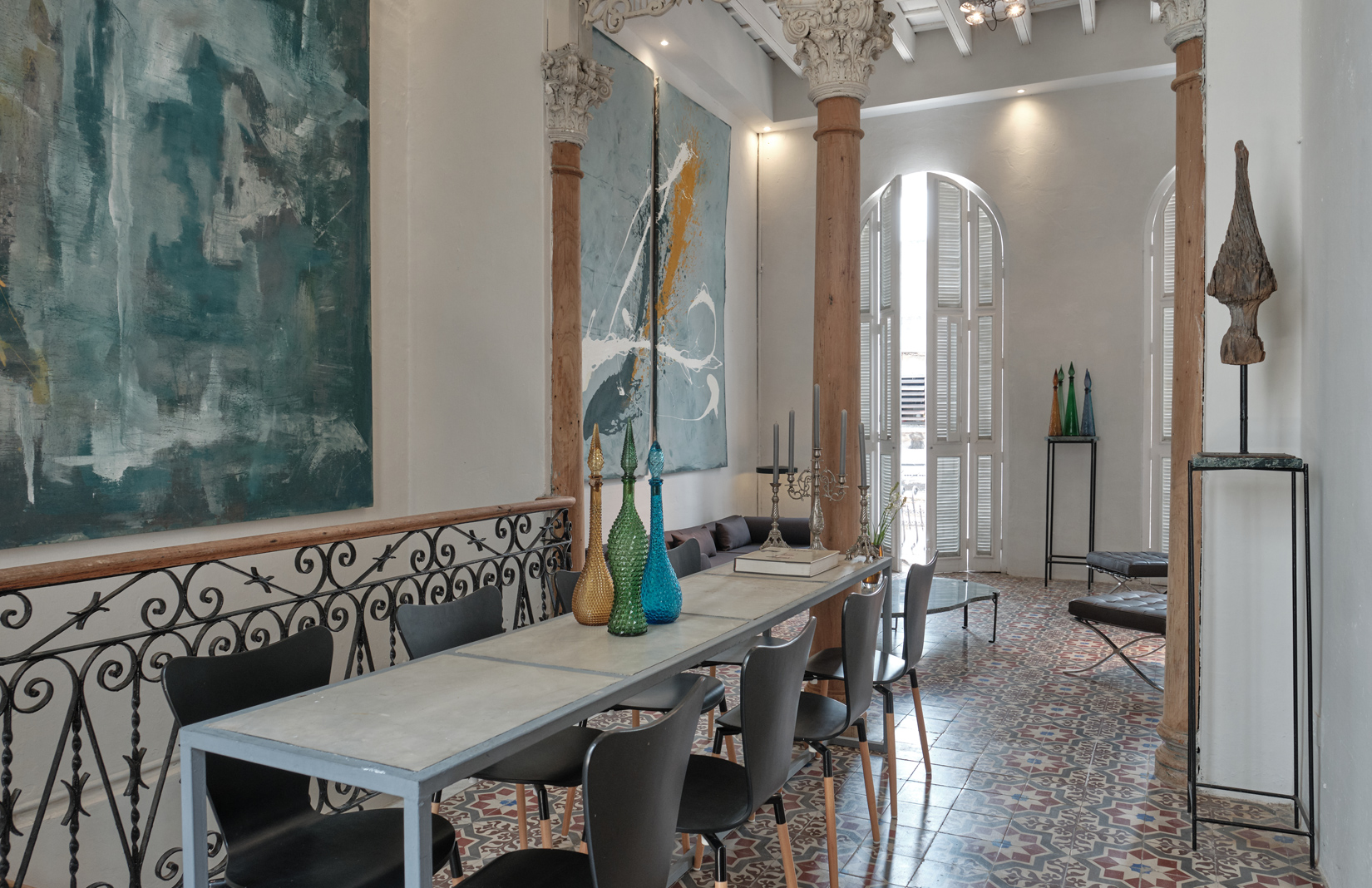Brutalist artworks embedded in Britain’s mid-century estates and civic spaces are celebrated in photographer Simon Phipps’s latest book, Concrete Poetry: Post-War Modernist Public Art.
Many of the stark, geometric concrete works that feature in the book are little known. These include Anderson Charles’s collage-style sculpture at the Bannerman High School in Glasgow and Wendy Taylor’s tri-circular, bone-white Gazebo in London’s Golders Green.

Bryan Kneale, ‘Standing Figure’, Loughborough University, Elvyn Way, Loughborough, 1961

Charles Anderson, ‘Concrete Sculpture’, Bannerman High School, Bailleston, Glasgow, 1976-77

Barbara Hepworth, ‘Four Square (Walk Through)’, Churchill College, Storey’s Way, Cambridge, 1966

Bernard Schottlander, ‘2MS Series No. 4,’ Fred Roche Gardens, Silbury Boulevard, Milton Keynes, 1970

Keith McCarter, ‘Abstract Wall Relief’, Charing Cross Station, Elmbank Lane, Glasgow, 1972
Explains Phipps: ‘[these public artworks were] commissioned to enhance the public realm and by extension people’s lives.’
Photographed with their surroundings in view, Phipps shows how these sculptures have a sense of rightness in their locations while shining a light on their fragile futures – many are neglected or have been requisitioned, stored or are simply gone.

Estates and civic buildings have been demolished and the artworks that adorned them have been destroyed or missing, said Phipps. ‘I thought that this was something worth documenting.’
Concrete Poetry: Post-War Modernist Public Art is out now



Read next: Go inside Britain’s post-war architecture























